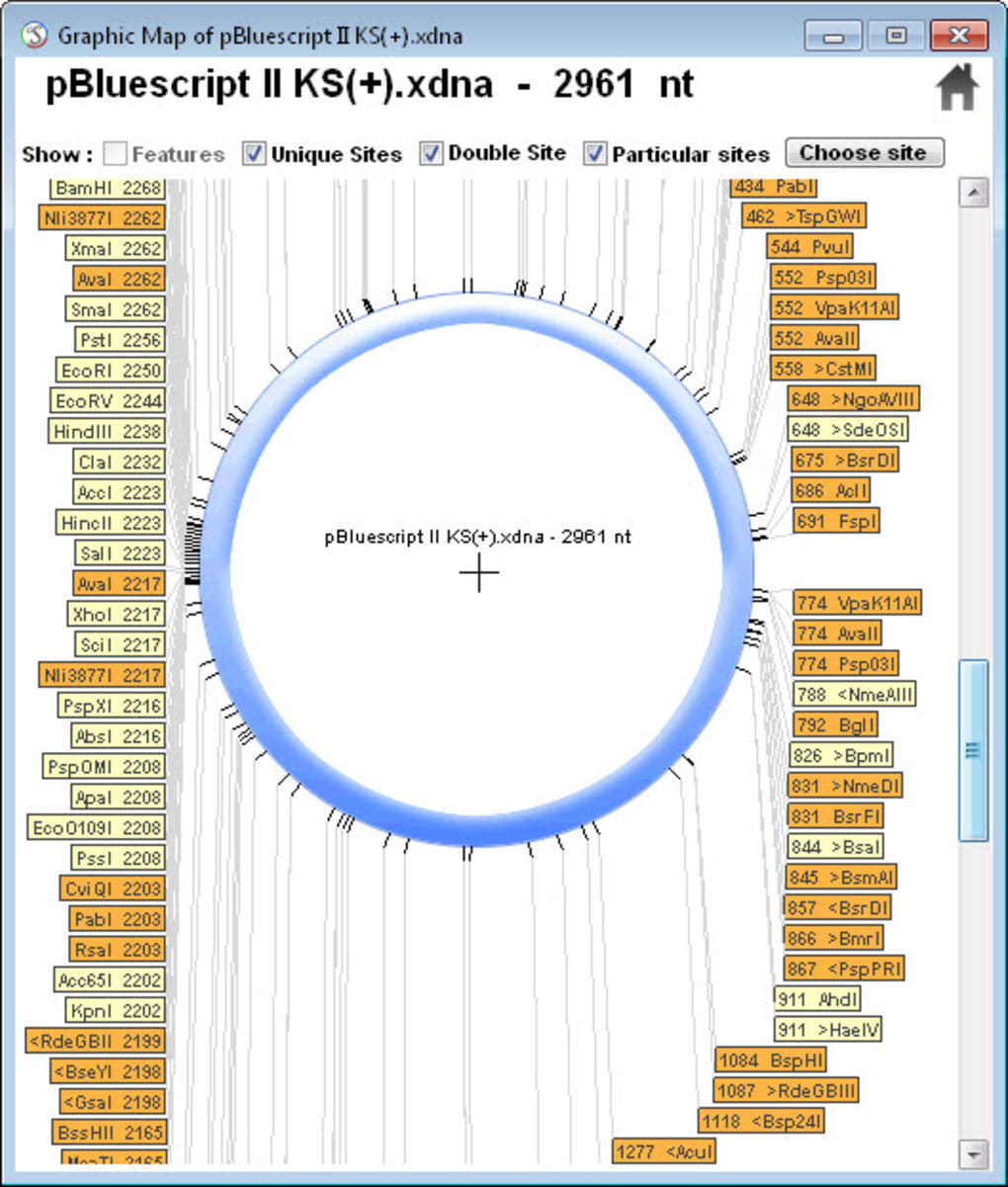
(C) Detail of the site-directed mutagenesis of nucleotide residues 7,862–7,865 for the generation of tagged RaV, involving the loss of a NheI restriction site and the appearance of a novel XhoI site. Scissors represent the HDV antigenome ribozyme cleavage site. (B) Schematic representation of the genetic elements in the infectious clone design, including the nucleotide sequence neighboring the +1 transcription site. Numbers refer to nucleotide positions within the genome. The proteolytic cleavage of ORF1-encoded polyprotein, as well as the capsid leader (LC) cleavage site, are indicated with arrowheads, along with the names of mature peptides generated. (A) Genomeorganization of Rabbit vesivirus. Based on these features and other serological and phylogenetic criteria, it was classified among the Caliciviridae, within the Vesivirus genus ( Martín-Alonso et al., 2005).įigure 1. RaV ORF1-encoded non-structural proteins include NS1-2 precursor (unknown function), NS3 (NTPase, helicase), NS4 (membrane rearrangement during replication), NS5 (genome-linked viral protein, VPg), and NS6/7 (a bi-functional mature polypeptide containing both, the cysteine-protease activity responsible for polyprotein self-processing and the RNA-dependent RNA polymerase or viral replicase). The comparative analyses of domain homology and proteolytic cleavage sites with respect to other caliciviruses and picornaviruses allowed the establishment of the number of mature non-structural proteins, their putative functions, and a hypothetical processing map ( Figure 1A). The genome comprises 3 open reading frames (ORFs) the most 5′ of which encodes a 1,880 amino acids polyprotein that yields the non-structural polypeptides upon self-cleavage. The viral genome is 8,295 nucleotides (nt) in size and consists of positive-sense single-stranded RNA with a small protein (VPg) covalently linked to its 5′ terminus and a 3′ poly-A tail of an average length of 85 nt. The virus was found to be non-enveloped, isometric and around 30 nm in diameter. The virus was characterized, and a cDNA copy of the genome was cloned and sequenced.

Rabbit vesivirus (RaV) was first isolated in the Veterinary Diagnostic Laboratory at Oregon State University, from feces of rabbits suffering gastrointestinal disorders. In this work, we report an efficient and consistent RaV rescue system based on a cDNA transcription vector, as a tool to investigate calicivirus biology through reverse genetics. Similarly, infectious RaV was recovered when the transcription step was performed in vitro, prior to transfection, provided that a 5′-cap structure was added to the 5′ end of synthetic genome-length RNAs. The RaV progeny virus produced the typical virus-induced cytopathic effect after several passages of cell culture supernatants. The transfection of permissive cells with this plasmid DNA in the presence of T7 RNA-polymerase, provided in trans by a helper recombinant poxvirus, led to de novo synthesis of RNA transcripts that emulated the viral genome. In this work, we constructed a RaV infectious cDNA clone using a plasmid expression vector, under the control of bacteriophage T7 RNA-polymerase promoter. The recovery of viruses from a cDNA clone is a prerequisite for reverse genetics studies. This outstanding feature makes RaV an ideal candidate for reverse genetics studies, an invaluable tool to understand the molecular basis of virus replication, the biological functions of viral genes and their roles in pathogenesis.

Rabbit vesivirus (RaV) is unique due to its ability to grow to high titers in several animal and human cell lines. Most caliciviruses are refractory to replication in cell culture and only a few members of the family propagate in vitro.

Departamento de Bioquímica y Biología Molecular, Instituto Universitario de Biotecnología de Asturias (IUBA), Universidad de Oviedo, Oviedo, Spain.Martín-Alonso, Inés Nicieza, Ana Podadera, Maikel Acosta-Zaldívar †, Daniel de Llano and Francisco Parra Álvarez *, Alberto García-Manso, Kevin P.


 0 kommentar(er)
0 kommentar(er)
